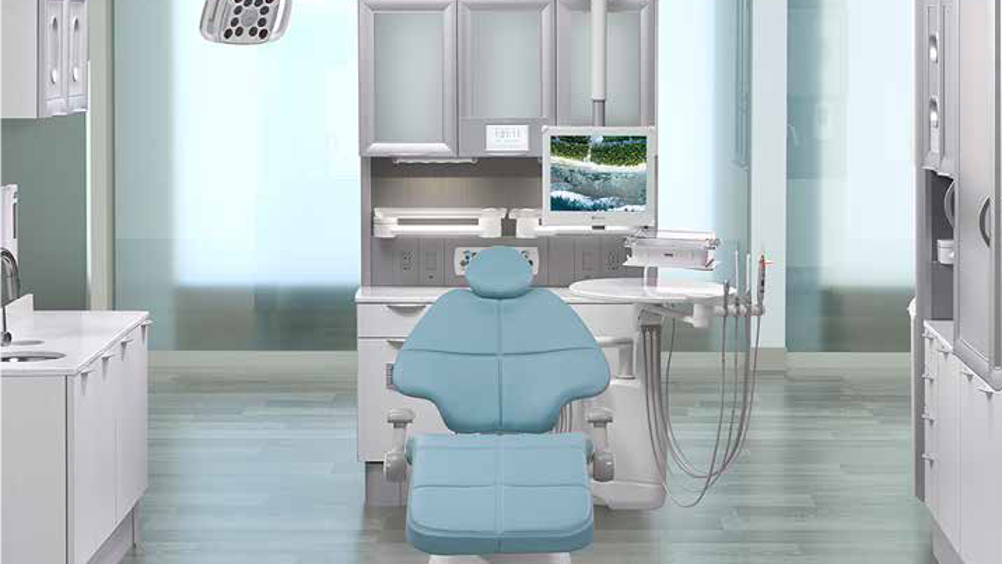Futureproof your practice

John Timson looks at the considerations for those purchasing new equipment.
John Timson looks at the considerations for those purchasing new equipment.
Choosing new equipment for your practice is a decision that shouldn’t be taken lightly. Making the right choice when it comes to equipment can increase productivity, help you to offer an even better service to your patients, and enable you to perform healthier, more efficient dentistry.
Durability and reliability
The first thing you should look for in any dental equipment is durability and reliability. For an environment that’s subject to moisture and constant use, choose solid equipment that’s built to withstand the daily rigours of dentistry. When your equipment isn’t working, you’re not working. Excessive maintenance can result in costly service calls and lost productivity. Select products that need the least amount of maintenance and service. Choose a manufacturer that has a history of creating innovative products that are durable, reliable, and easy to maintain.
Make sure you choose a manufacturer that stands by its products and will still be in business with readily available parts when the time comes for servicing or upgrading five, 10 or even 20 years down the line. Asking your peers, dental equipment dealer or service engineer to offer their opinions on different brands that they’ve worked with is a good place to start.
Register now to continue reading
WHAT’S INCLUDED
-
Unlimited access to the latest news, articles and video content
-
Monthly email newsletter
-
Podcasts and members benefits, coming soon!

